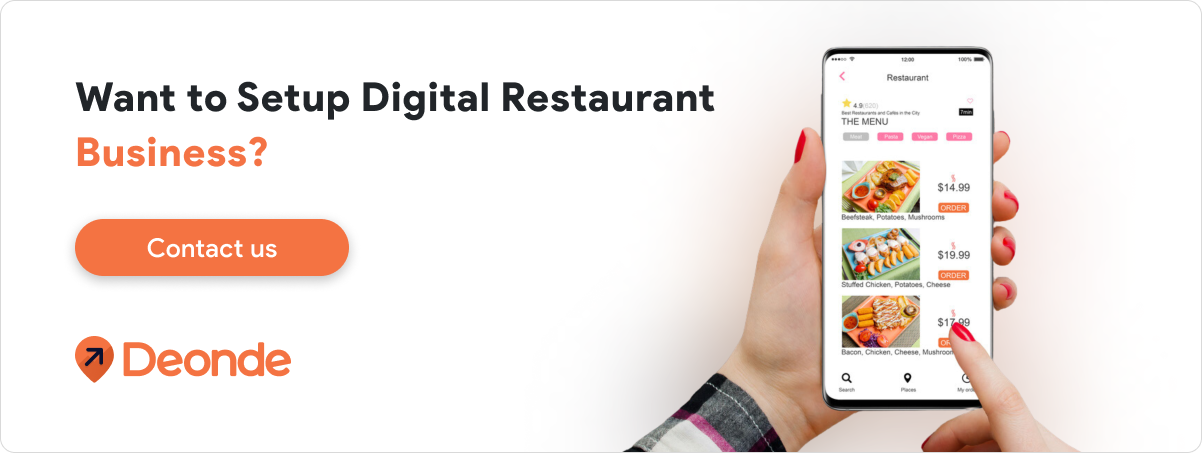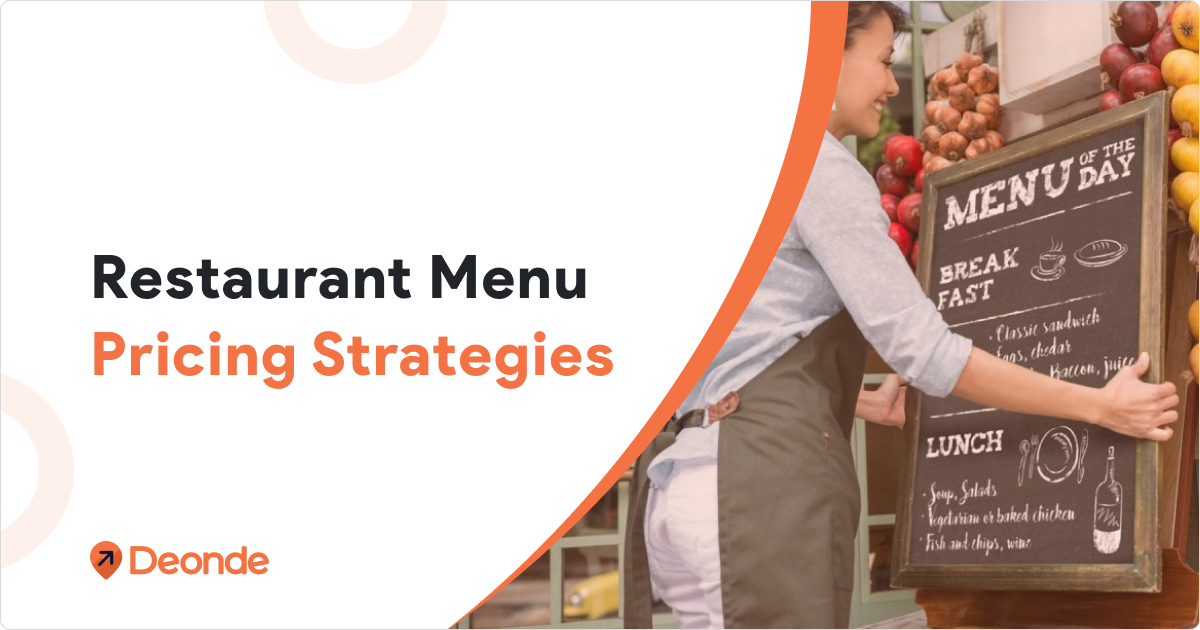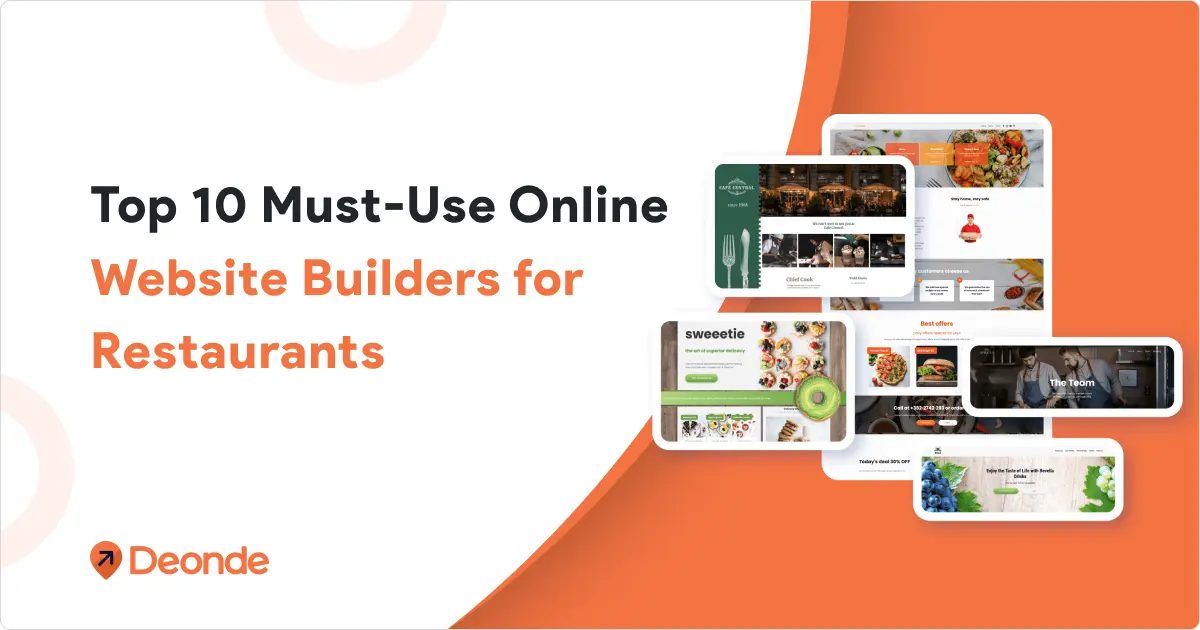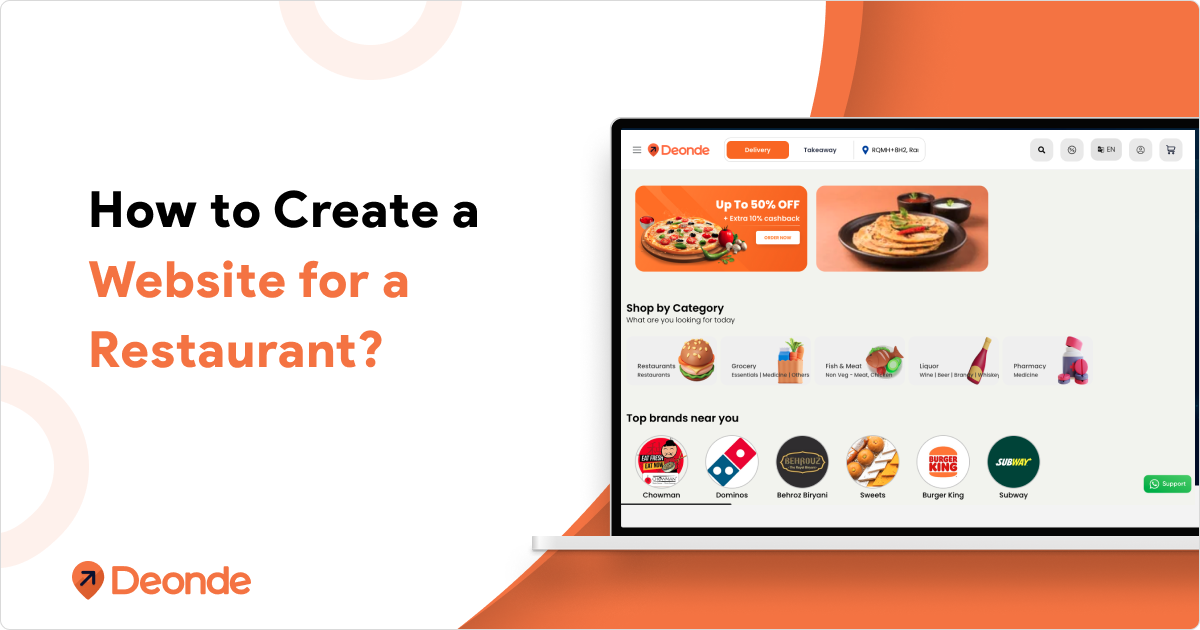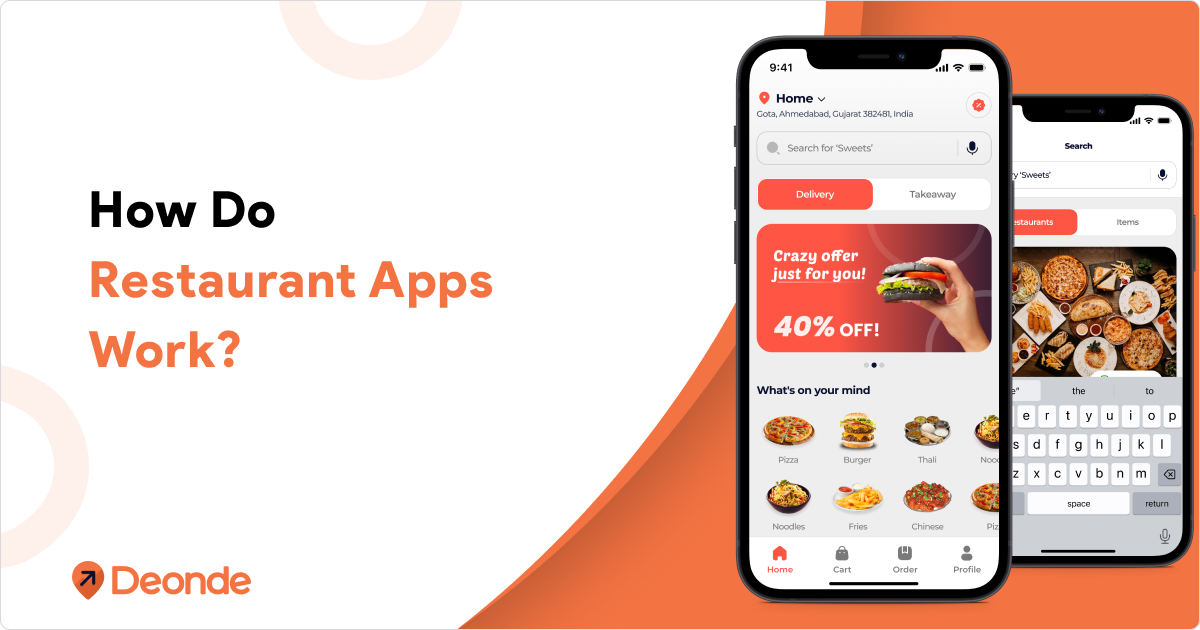Running a successful restaurant or working in one requires careful attention to product evaluation, which is a key factor. While this may seem challenging, there are other important aspects to consider as well. However, you don’t need to worry, as there are excellent strategies to help you manage everything effectively and ensure profitability.
Here, we have created a combined Restaurant Menu Pricing strategy that can assist you in growing your business. With its facilitate, you’ll create an eye-catching menu. It additionally helps you to understand the $64 value of the actual dish and the way much you must charge for it.
For entrepreneurs that specialize in the menu, the value may be a vast issue that brings an impact on the client base. If you charge low, then you’ll gain low profit, and if you set a high rate, then you’ll not be ready to increase order volume and sales.
In the Restaurant trade, Online Food Ordering has become a replacement trend. Therefore if you style an internet menu that will highlight your signature dishes, let’s discuss it thoroughly. But first, we want to understand concerning profit margins.
How to Open a Restaurant | End-To-End Guide to Starting a New Venture
Why Menu Pricing Matters in 2025?
Menu pricing is more than just assigning numbers to dishes—it’s a strategic tool that influences customer decisions and business profitability. In 2025, rising food costs, shifting consumer preferences, and advancements in technology are reshaping how restaurants approach pricing.
A well-thought-out pricing strategy not only covers your costs but also positions your restaurant competitively in the market. It ensures that customers perceive value while you maintain healthy profit margins.
Let’s explore the most effective menu pricing strategies for 2025, ensuring your restaurant stays ahead of the curve.
Restaurant Menu Pricing Strategies
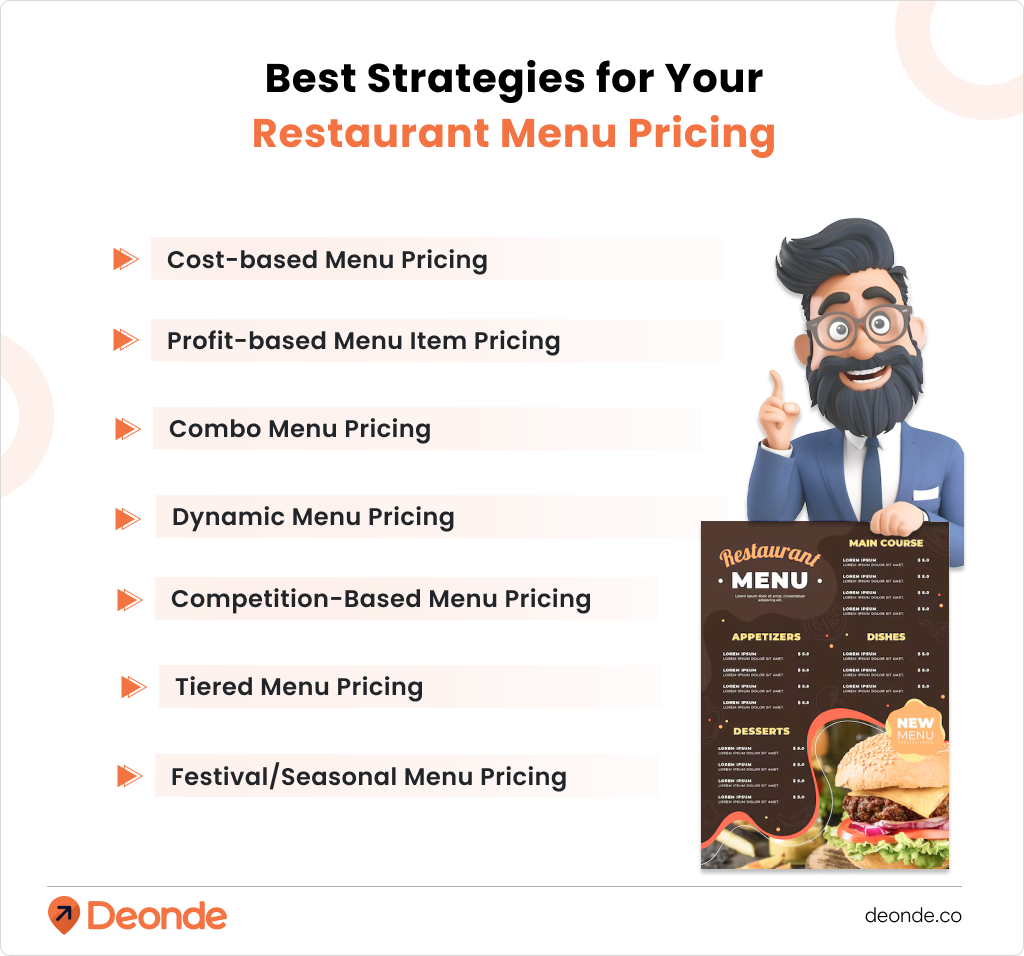
If you wish to grow your restaurant business, then menu Menu Pricing is a very important issue. Your Menu Pricing Strategies will impact your bottom line. If food prices and lucre margin square measure internal factors, you must take into account competition and client base as external factors. The low food price percentages and high lucre margin can mechanically increase your probabilities of profit. Typically menu things, varieties of restaurants, and difficult dishes also affect the menu evaluation.
1. Cost-based Menu Pricing
Cost-based pricing is the most straightforward pricing strategy. In this model, the price of each menu item is determined by calculating the total cost of producing the dish and adding a markup percentage to achieve the desired profit margin.
Example: Consider a pasta dish that costs $4 in raw ingredients, including pasta, sauce, and seasoning. The labor to prepare the dish adds another $2. To calculate the selling price, you decide on a markup of 150%. The formula for this would be:
Cost of ingredients ($4) + Labor cost ($2) = Total cost ($6). Adding a 150% markup: $6 + (150% of $6) = $15. This ensures that the dish generates sufficient profit to cover overheads like rent and utilities, while also leaving a margin for reinvestment or profit.
2. Profit-based Menu Item Pricing
Profit-based pricing goes beyond covering costs and focuses on achieving a specific profit goal for each item. This strategy is designed to maximize restaurant profitability by setting prices based on the desired profit margin rather than just covering expenses.
Example: For a gourmet burger that stands out on your menu, the production cost is $8, including high-quality ingredients and preparation time. If you aim to make a $10 profit per burger, the price would be set at $18:
Cost of production ($8) + Desired profit ($10) = Selling price ($18). This approach highlights the value of your premium items while directly contributing to your restaurant’s profitability.
3. Combo Menu Pricing
Combo pricing involves offering bundled items at a single price, often to encourage larger purchases or provide a perceived value to customers. This strategy can be particularly effective for fast food, casual dining, and takeout.
Example: If your individual menu prices are as follows: burger ($10), fries ($4), and drink ($3), selling them as a combo at $15 instead of $17 can make the offer more attractive. While the discount may seem small, it encourages customers to order more items together, ultimately increasing overall sales and improving customer satisfaction.
4. Dynamic Menu Pricing
Dynamic pricing is a more flexible and innovative pricing model that adjusts prices in real time based on various factors such as demand, time of day, day of the week, or seasonality. This strategy is often used in fine dining, hotels, and even fast-casual chains that have the capability to adjust prices dynamically.
Example: During dinner rush hours, a popular steak dish might be priced at $25, while it’s $20 during lunch
5. Competition-Based Menu Pricing
Competition-based pricing involves setting menu prices based on what competitors are charging for similar items. This strategy is especially useful in highly competitive markets, where price sensitivity is high and customers often make decisions based on price comparisons.
Example: If a competing restaurant offers a large pizza for $12, you could price yours at $10 to attract budget-conscious customers. Alternatively, you could match the competitor’s price but offer added value, such as free delivery or extra toppings, to make your offering more appealing.
6. Tiered Menu Pricing
Tiered pricing involves offering multiple versions of the same dish at different price points, catering to a variety of customer preferences and budgets. This strategy works well for restaurants that want to offer different levels of quality or portion sizes.
Example: For a pizza, you could offer the following options:
- Small: $200
- Medium: $400
- Large: $700 This pricing structure encourages customers to upgrade to larger portions, increasing the average spend per customer. It also accommodates different needs, ensuring satisfaction across your customer base.
7. Festival/Seasonal Menu Pricing
Seasonal or festival menu pricing leverages special events, holidays, or seasonal ingredients to offer limited-time dishes at premium prices. This strategy creates a sense of exclusivity and urgency, enticing customers to try something new.
Example: During the fall, you might introduce a pumpkin spice latte priced at $6, compared to regular drinks priced at $5. The higher price reflects the specialty nature and seasonal availability of the product. Similarly, a holiday menu featuring festive dishes like roast turkey or special desserts can carry premium pricing due to the occasion.
Conclusion:
Effective menu pricing is both an art and a science. It requires a deep understanding of your costs, customer preferences, and market conditions. By implementing these strategies, restaurants can optimize profitability while ensuring customers feel they are receiving value. Regularly reviewing and adjusting menu prices in response to changing costs and trends will help you stay competitive and relevant in a dynamic dining landscape.
If you’re unaccustomed to this field and do not have the acumen to manage everything, I hope this may be an honest possibility for you. It’ll assist you loads, and you’ll realize the proper resolution for your issues. All you’ve got to try to do is maintain this strategy, and your business will certainly grow. Get our SaaS Food Delivery Solutions for your Restaurant Business. Contact our salesperson for more details and Start your free trial.
